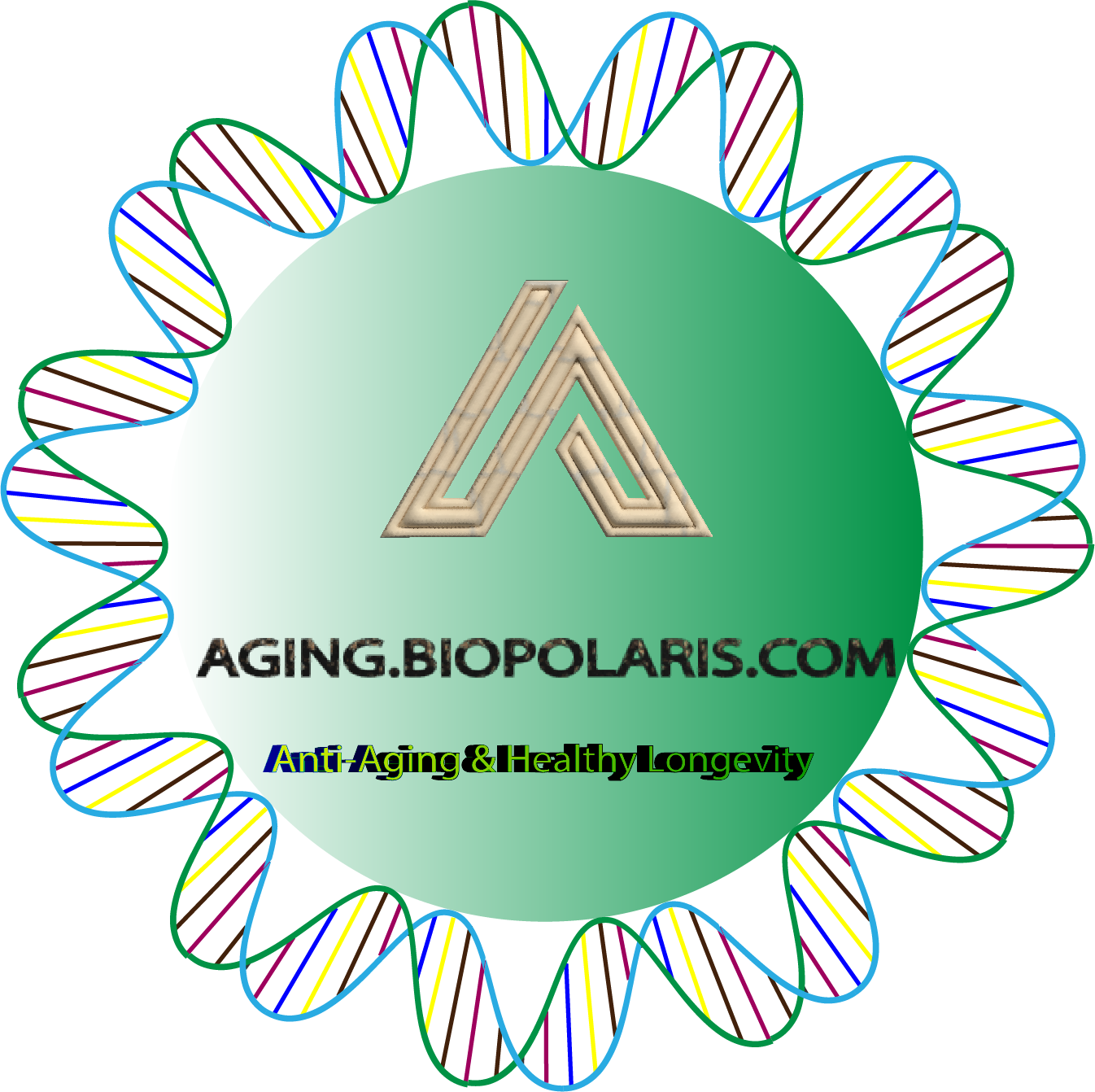Aggregator
Disassembly activates Retron-Septu for antiphage defense
Science, Volume 389, Issue 6762, August 2025.
Recent evolution of the developing human intestine affects metabolic and barrier functions
Science, Volume 389, Issue 6762, August 2025.
Stereo-cell: Spatial enhanced-resolution single-cell sequencing with high-density DNA nanoball-patterned arrays
Science, Volume 389, Issue 6762, August 2025.
The MUC19 gene: An evolutionary history of recurrent introgression and natural selection
Science, Volume 389, Issue 6762, August 2025.
Load and lock: An emerging class of therapeutics that influence macromolecular dissociation
Science, Volume 389, Issue 6762, August 2025.
ORCID launched more than a decade ago, but has yet to fulfil its potential
Peer reviewers more likely to approve articles that cite their own work
David Nabarro obituary: global-health leader who fought malnutrition, malaria, Ebola and COVID-19
Author Correction: Macrophages excite muscle spindles with glutamate to bolster locomotion
The brain’s map of the body is surprisingly stable — even after a limb is lost
In Science Journals
Science, Volume 389, Issue 6762, Page 794-796, August 2025.
Disrupting the biospecimen “treasure trove”: Practice, precedent, and future directions
Science, Volume 389, Issue 6762, Page 784-786, August 2025.
Rewiring science diplomacy
Science, Volume 389, Issue 6762, Page 761-761, August 2025.
Faced with ‘impossible’ workload, USDA struggles to oversee lab animal welfare
Science, Volume 389, Issue 6762, Page 769-770, August 2025.
Astronomers set biggest traps ever for messengers from cosmic accelerators
Science, Volume 389, Issue 6762, Page 768-769, August 2025.
New antibiotics from the third branch of life?
Science, Volume 389, Issue 6762, Page 767-768, August 2025.
Don’t blame the algorithms for online polarization
Science, Volume 389, Issue 6762, Page 766-766, August 2025.
Denisovans, Neanderthals gave Indigenous Americans key mucus gene
Science, Volume 389, Issue 6762, Page 764-765, August 2025.
As salmon in Alaska plummet, scientists suspect a parasite
Science, Volume 389, Issue 6762, Page 762-763, August 2025.
Probing the pain
Science, Volume 389, Issue 6762, Page 771-777, August 2025.
